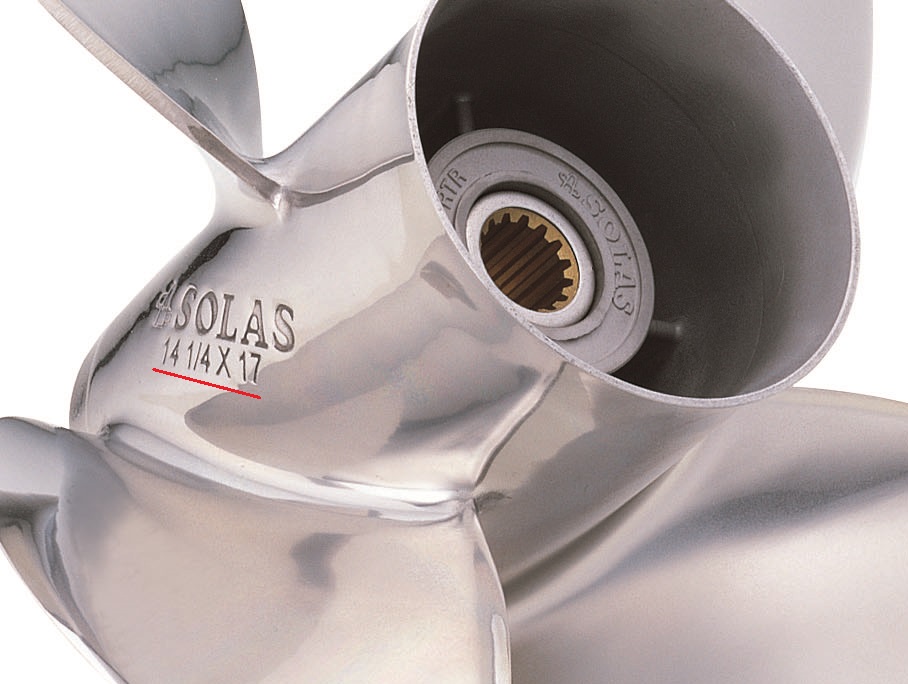
Unlike every other part on your motor, there is not a single part number that replaces your boat propeller. Three primary performance-changing attributes of the propeller can be changed/modified without preventing the prop from fitting. They are: pitch, blade count, material, and diameter (though after a certain point, diameter can affect fit). Making sure you get a prop that will not only fit the prop shaft but is suited to your application and context (boat style/size/weight, altitude, uses, etc) is a must when it comes to finding a replacement.
If you're looking for a something that will simply replace what you currently have, the easiest way to determine the right prop for your set-up is in two parts: 1) identify the specs of your current propeller and, assuming you're satisfied with the performance, replace it with something with the same pitch, material and blade count. Diameter doesn't need to be identical but should be within 1/4" of the replacement's size. 2) Use our prop finder tool to navigate to a listings of propellers that fit your motor.
So how do you identify your prop's pitch and diameter? Usually either or both will be stamped somewhere on the prop's hub or just behind one of the blades. The standard format of diameter and pitch for props is: pitch x diameter; e.g. a stamp that reads 14x17 would indicate a 14" diameter and a 17" pitch. Alternatively you may only see a number between 5 and 27 followed by a "p", which would be the pitch. Should only the pitch be available, you can easily get the diameter of the prop by measuring from the center of the hub to the tip of one of the blades, then doubling that measurement. If the pitch isn't stamped on the prop but you can find a part number, doing an online search for that part number, especially in conjunction with the prop manufacturers name, may lead you to the specs you need.
Should you be unable to find any information on your current prop's pitch (for example if there were no markings, the prop is sitting at the bottom of the lake, or in the hands of thieves) there are a couple resources that can help you determine what approximate prop specs would serve you best, though none are guaranteed. Mercury Marine's Prop Selector is a tool that will suggest props/specs based on your answers to a series of questions about your boat, motor, boating habbits, and other relevant aspects that would impact optimal prop selection. Another potential resource is a local dealer that services your make of boat. Because altitude is a variable in determining pitch (rule of thumb: drop a pitch for every thousand feet you increase in elevation), it's common for boat manufacturers to leave choosing what pitch goes best with the boat/motor set-up to the dealer. This gives the dealer a solid understanding of the pitch ranges for most boat/motor set-ups in your area, allowing you to pick from that range based on your performance preferences. A third resource is other boaters with your similar set-up and at a similar altitude: what pitch, diameter, and blade count are they using, and what type of performance are they getting from it? If you don't want to spend your time pan-handling for information at the local marina, try our boating forums.
Once you've determined the pitch and diameter you need, you'll need to find prop options that will fit your prop shaft. This is what our Prop Finder was created for: pick your manufacturer, model, pitch, then choose from a variety of props that will fit, using diameter, material, and blade count, and brand preferences to help narrow your selection.






 ...or
...or Pitch is stamped on the outer prop hub...
Pitch is stamped on the outer prop hub...
 15 1/2x17 is not the propeller part number!
15 1/2x17 is not the propeller part number!
 Look around the inner hub or on the blades.
Look around the inner hub or on the blades.









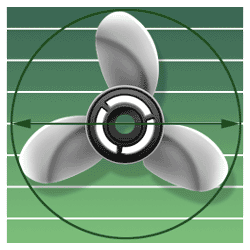
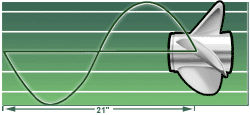
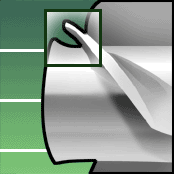
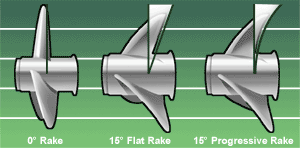
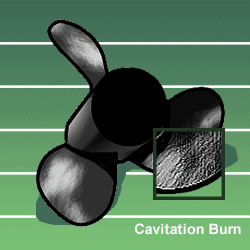
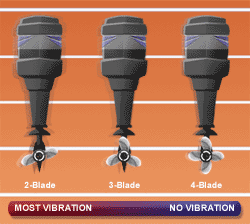

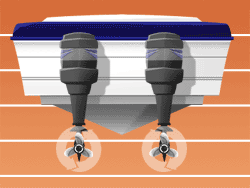
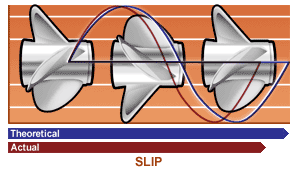
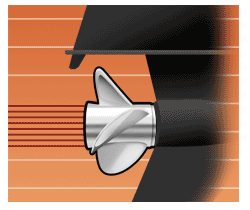
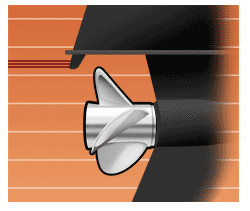


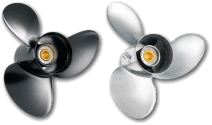

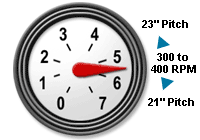
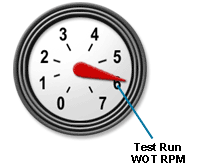
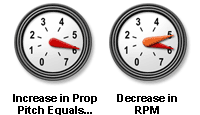
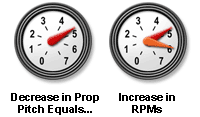


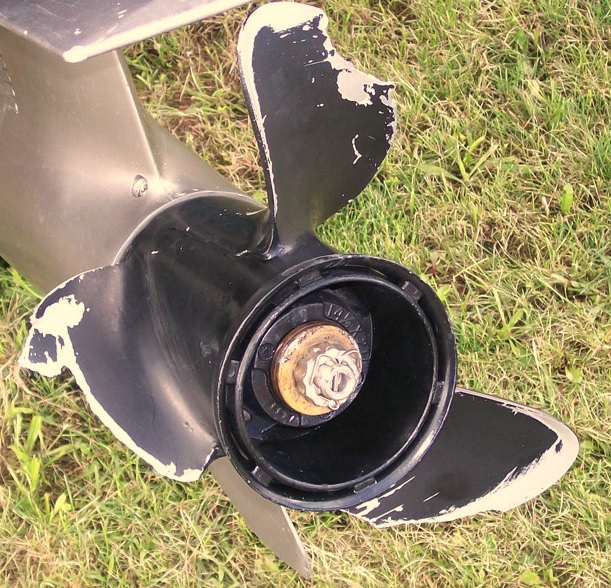 1) Sudden & significant increase in RPM and full (or mostly full) loss of power is often caused by a spun hub, where the propeller itself is no longer moving at the full pace of the prop shaft.
Depending on the propeller and your local resources, you may be able to have a new hub re-pressed, but typically you'll be in the market for a new propeller if it's not under warranty.
1) Sudden & significant increase in RPM and full (or mostly full) loss of power is often caused by a spun hub, where the propeller itself is no longer moving at the full pace of the prop shaft.
Depending on the propeller and your local resources, you may be able to have a new hub re-pressed, but typically you'll be in the market for a new propeller if it's not under warranty.









